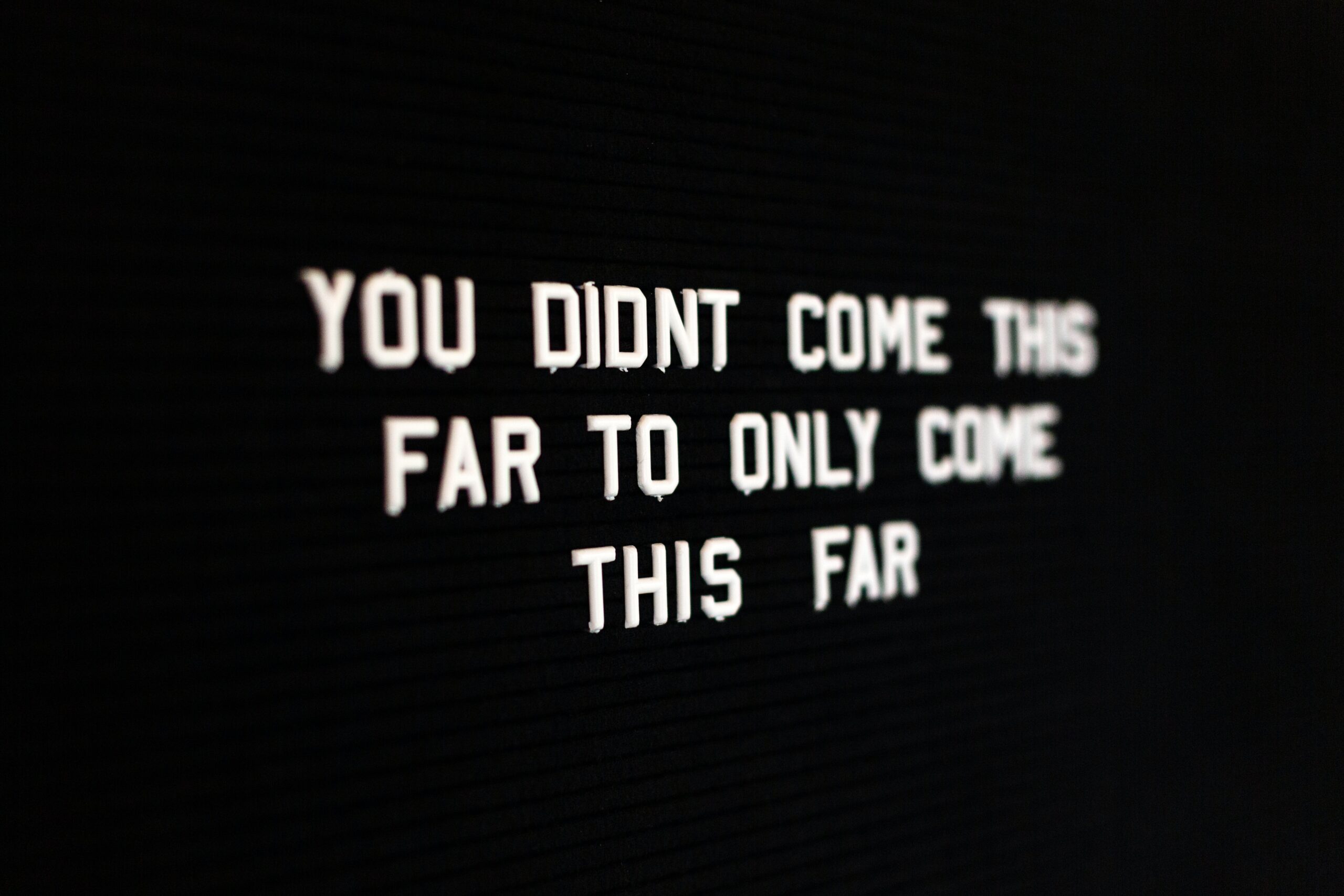As leaders, we’re navigating more unchartered territory than ever. It’s clear that the old ways of command and control are no longer right – but how can we map a new route into the future? We’ve pared it down to five essential skills.
Regardless of how leaders relate to the future, you need to be willing to look at the skills, beliefs and behaviours you will need if you want to meet it.
As leaders navigate a greater volume of unchartered territory, the old ways of command and control will no longer serve them well. The future that’s coming, one so full of unknowns, and opportunities calls for an altogether more facilitative approach to leadership. An agile approach. One where leaders are able to feel into the systems they’re operating in, get a temperature check and then choose a style of intervention that meets the system, the people and the task at hand (whilst staying true to their purpose).
A one-size-fits-all approach will no longer suffice.
To take a more agile, facilitative approach to leading, we need to be looking to develop different leadership skills. These are five of the key ones we believe are mission critical.
1. Listen Deeply
Perhaps the trend to become an inspirational speaker will soon become a trend to become an inspirational listener? I do hope so!
Did you know there are five levels of listening?
Most people only listen at levels one (not really listening at all) and two (listening to join in). We’ve all been there: you’re mid-conversation, and what happens? Someone either changes the topic or jumps in to talk about their point of view. They found their window of opportunity (often a tenuous link) and jumped right in. This immediately switches the energy from you to them.
Great leaders need to extend their listening skills to the three higher levels – and certainly be doing more listening than talking.
The third level is about listening to understand. Attention stays with the person speaking and the conversation deepens into curiosity about, why this matters to them and what sits underneath. The energy is highly weighted to the person talking. The skills of refraining become increasingly important with this level of listening, as does curiosity.
Level four is listening to what’s not being said but still communicated. For example, body language, facial expression, tone, resonance. Noticing skills and intuition pay a larger role in communication here.
And level five is listening to the ‘field’. The field is a way of describing the non-verbal elements of a conversation – the space you’re in and the way you feel.
Perhaps the temperature of the room changed when the conversation shifted to a certain topic; the hairs on your arms felt funny at a specific point or you noticed a gut feel of heaviness or elation. This is about intuition and connection to the field.
One of the biggest gifts leaders can offer their team is their presence. As author Nancy Kline says ‘The quality of your attention determines the quality of other people’s thinking’.
2. Ask the right questions
Questions go hand in hand with listening. If we’re listening more deeply, we’re able to ask much more insightful questions. Showing interest in another person, especially as leaders, is incredibly important if you want to demonstrate that people matter in your organisation. Showing interest is one of the core skills that enables rapport, which leads to better quality relationships, which in turn, leads to increased trust.
Organisations that focus on cultivating trust will see an exponential rise in performance.
So, what makes for good questions?
Open questions (those that require more than a yes/no answer), are great if you want to invite conversation and And that wisdom is something we’ll increasingly need as we face into new futures
Closed questions are great when it comes to choosing and deciding. Open questions enable people to share more of themselves and the sense they make of the world.
When using questions to build relationships, being able to dance between open and closed questions appropriately, is key.
3. Feedback to empower
In my experience, most leaders either avoid feedback, pussyfoot around it, trip over it or deliver it with a sledgehammer. High performance of any team requires individuals to be learning and adapting. If people don’t receive effective feedback, it’s hard for them to know what they need to focus on to get better. Setting expectations, managing boundaries and giving effective feedback go hand in hand for high-performing organisations.
Feedback from leaders should always be both developmental (do differently) and affirming (what’s already good). It should be delivered timely (in the moment, not weeks later) and be directed at the behaviours observed and the impact it had and not about personality or identity.
Cultures that embrace feedback are able to become more agile. Learning cultures enable leaders to leave behind what no longer serves the organisation.
4. Cultivate rapport
Good leaders can no longer be transactional in their approach to others. Organisations after all, often become like a second family to people (dysfunctional or otherwise).
Paying attention to the quality of relationships is an essential and often overlooked aspect of leading. When people genuinely care about each other and demonstrate it, they are often more minded to go the extra mile: to give a little extra, to do the right thing.
Rapport requires time, energy and intimacy. Things that aren’t often spoken about in the workplace. But relationships are intimate. They need to be held lovingly, treated respectfully, and navigated with care.
One of the biggest challenges I see in current leadership trends is that people take on a parenting role.This only serves to disempower your team. Moving toward an adult to adult relationship will serve you well if you want your team to succeed, and this often requires a careful look at your relationship to power.
5. Tune into your intuition
Thinking is only one resource we have access to when we’re trying to make sense of the world and face into challenges. We’ve been largely conditioned (in western cultures) to only trust data, facts and science. But data, facts and science only have one view of the issue: what’s known, believed or hypothesised.
Humans are primal beings and have, since the beginning of time, had access to their intuitive skills.
It’s that gut feeling when something feels off, the flutters in your chest when something exciting is about to occur, the heaviness in your limbs when dread appears, the restriction in your throat when things are not being said, the hairs standing up on the back of your neck when a person enters the room.
This is warm data. It’s another sensory part of our beings that gives us information. When leaders harness it, it allows them to act on the unconscious stories, challenges or barriers that may be holding the business back, as well as facing into new territory more authentically.
As psychiatrist Bessel van der Kolk says,
‘The critical issue is allowing yourself to know what you know’.
So, there you have it. If you want to get future-fit in your approach to leading, focus on cultivating these five skills and you won’t go far wrong.
For a deeper dive into giving and receiving feedback – have a look at this article.
NB This skills model is largely adapted from Julie Starr’s Five Skills of Coaching model.





